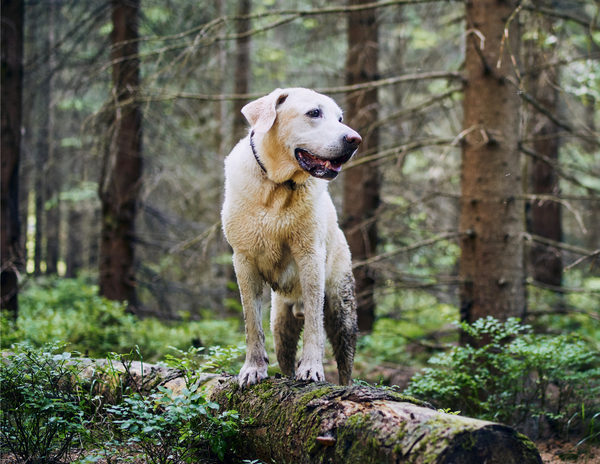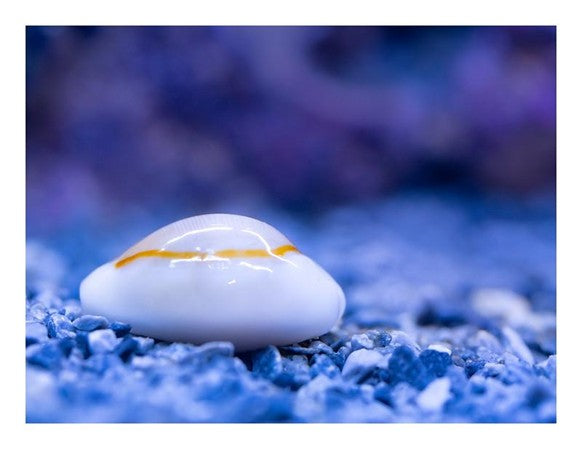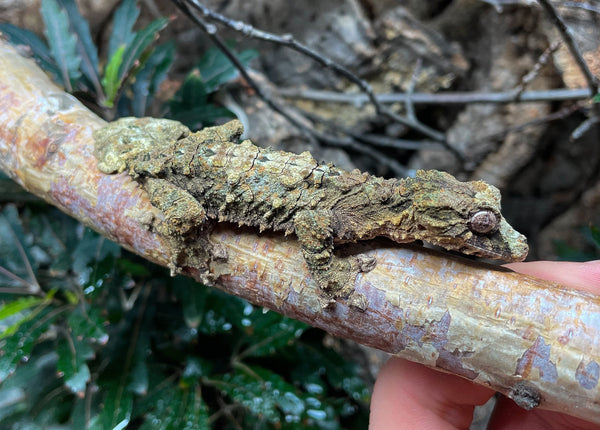Nothing brightens your home up like an amazing exotic pet and perhaps the most adorable exotic animal you can get is an axolotl. A type of salamander, they were originally found in some lakes around Mexico City. While urbanization is unfortunately causing wild axolotls to face extinction, their explosion in popularity as household pets– likely caused by their inclusion in the computer game Minecraft– has thankfully given the species a new lease on life.
Since axolotls are so rare and still relatively unknown– yet in high demand from enthusiasts– we think it is beneficial that we provide some information to prospective owners, so they can provide a welcoming home and habitat for their new pet.
Superpowers
Known colloquially as “Mexican walking fish”, aside from their cuteness, axolotls are perhaps most well known for their ability to regenerate limbs, spines, brains and nearly every other body part. In fact, scientists have discovered they can regrow a new limb up to 5 times with perfect precision, without so much as a scar, while other parts can be regrown infinitely. This has led to a burgeoning scientific community seeking to perhaps adapt this superpower to human benefits, such as anti-aging. Due to the fact that axolotls are up to 1000 times more resistant to cancer than mammals, there are also suggestions that perhaps these wonderful creatures could help provide breakthroughs in that field of research for human benefits!
Another interesting fact in the context of anti-aging is that axolotls are neotenic, which means they stay in a juvenile state their whole lives. Imagine getting to live your whole life with child-like innocence and curiosity. Knowing this, it’s no wonder axolotls are so cute: they’re forever young!

Colours
Axolotls come in a variety of different colours. The most common are Leucistic, Albino and Wild (brown/green), but they have been known to have golden colouration, as well as Melanchistic and– in some rare cases– Chimera colouring. Incredibly enough, this coloring is created when two eggs get fused accidentally. Split down the middle, they are usually wild type on one side and Albino on the other. These are especially rare and therefore expensive to find. There is even a variety that will glow green under blue lighting due to a fluorescent protein that has been bred into them called GFP!
Diet
Now, axolotls are so cute, you’re almost right to assume they survive off of love and rainbows, but they’re actually predators! Though they are mostly slow and inactive, in a natural environment they are actually lying-in-wait for their prey to come along. The bulk of their diet in captivity will be bloodworms and, as they get larger, earthworms. There are pellets that can be fed to axolotls, but they can be difficult to get them to switch on to.
Axolotl Care
When most people hear “exotic pet” they tend to worry it means exotic (read: expensive and difficult) care is required. Likely one of the reasons for the enduring popularity of axolotls is that the exact opposite is true! Provided you give them a good environment, care is quite simple and straightforward and their normal 10-15 year lifespan can even be extended to 20 years with proper, consistent care.
Coming from cold lakes surrounding Mexico City, the axolotl prefers water in the 16°C- 18°C temperature range, while anything above 24°C will begin to cause health complications. Their aquarium should have a 20-25% water change once a week and be housed in a cooler room (note: you may need a water chiller if the room gets hot in the summer months).
Feeding
Juveniles need to be fed 1-2 times per day, while fully grown axolotls only need feeding every 2-3 days. Note: make sure to clean any uneaten food from the aquarium

- 20 gallon long aquarium (30”x12”x12”)
- Sponge filter
- Air pump
- Caves
- A water conditioner with no aloe are required




